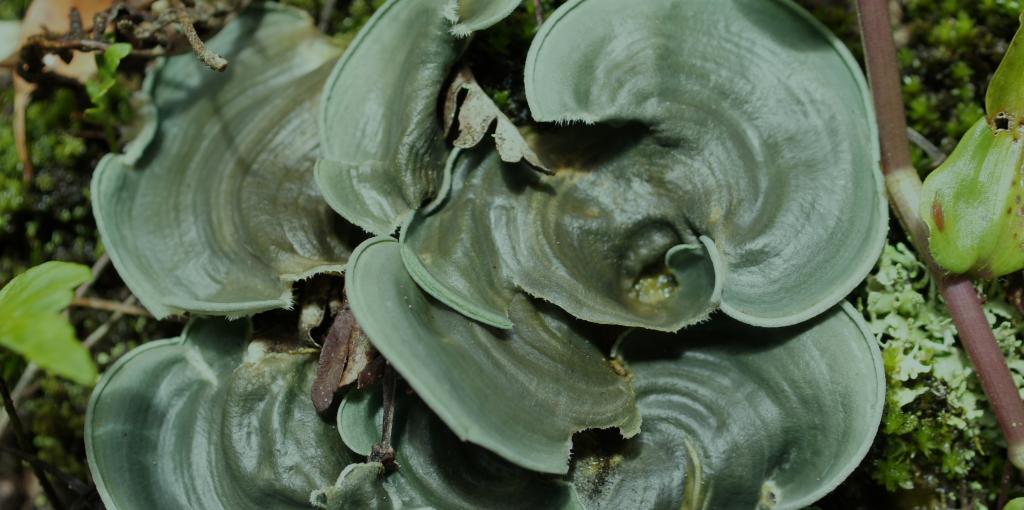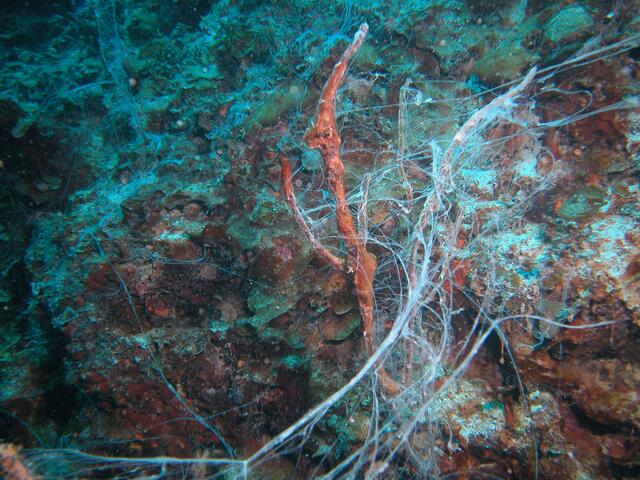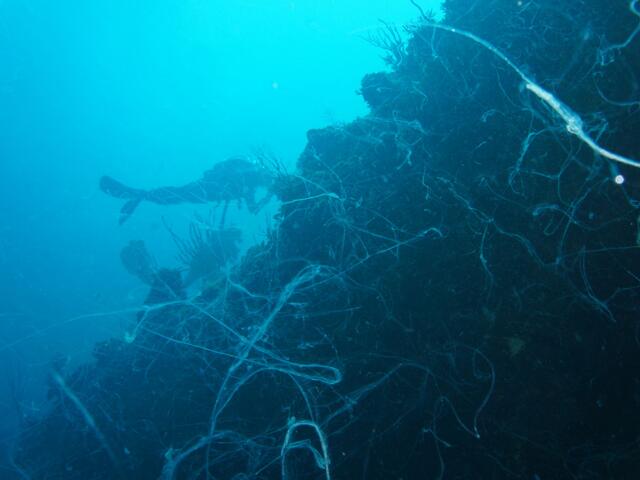Admission CTAs
What really lives in King Kong Cavern?
story and images by
Robert B. Jonas
Emeritus, Environmental Science and Policy
What really lives in King Kong Cavern (KKC) – a 500-foot-deep sink hole on the Andros barrier reef in the Bahamas? Some say it is the Lusca,a half-shark, half-octopus sea monster that attacks swimmers and divers (video: Jeremy May Have Found The Lusca Monster Of The Blue Holes | River Monsters). Others believe that mermaids live in Andros Blue Holes, and that they take the unwary to their death deep in their watery lair. What is this slimy snot-like stuff coming out of KKC? Is it exhaled snot from the Lusca?
KKC is one of over 50 known submerged ocean caves along barrier reef, but it is the only one where we find these mucoid filaments and then only on ebb tides. It seems unlikely that either mermaids or the Lusca lives in KKC because the water coming out of the cave is anoxic and loaded with hydrogen sulfide (that rotten egg smell) – both of which would be lethal unless these mythical creatures are actually anaerobes. OK, boys and girls, a pop quiz: In what domain(s) of life do we find organisms happy to live without oxygen and in the presence of sulfide? Bacteria and Archaea, of course. Even then it was not clear what this filamentous material was. Does it have a significant biological composition or was it only physical? Is it mucus from corals on the reef? Both of these “explanations” have been given without any data support. So, our research team dove the site on ebb tide and collected this material. In collaboration with US Geological Survey scientists at the Eastern Ecological Science Center, we extracted and analyzed the environmental DNA.
Bacterial DNA extracted from these filaments and surrounding turbid water was characterized using PCR that targeted a portion of the 16S rRNA gene. The genus Arcobacter dominated both the filaments and the water column. Two Arcobacter species accounted for 80% or more of all the bacteria. The results of our research are now available in a Plos One article (https://journals.plos.org/plosone/article/authors?id=10.1371/journal.pone.0256305) under the title Novel microbiome dominated by Arcobacter during anoxic excurrent flow from an ocean blue hole in Andros Island, The Bahamas (Deborah D. Iwanowicz, Robert B. Jonas, William B. Schill, Kay Marano-Briggs). If you don’t want to read the details, take a look at the figures and the supplemental materials (videos of sample collection). They are pretty demonstrative of what “actually lives in KKC.” Our work is the first scientific report of such a system, but it is really preliminary. Now that we know something about the community composition further work needs to focus on culturing these bacteria, determining the physicochemical composition of the filaments, and probing the physical niche of the Arcobacter within the cave portion of KKC. We suspect that they live and reproduce on the walls of the cave and are swept out during the strong ebb flow of seawater driven by tidal forces. So, anyone interested in diving in “the Lair of the Lusca”?


